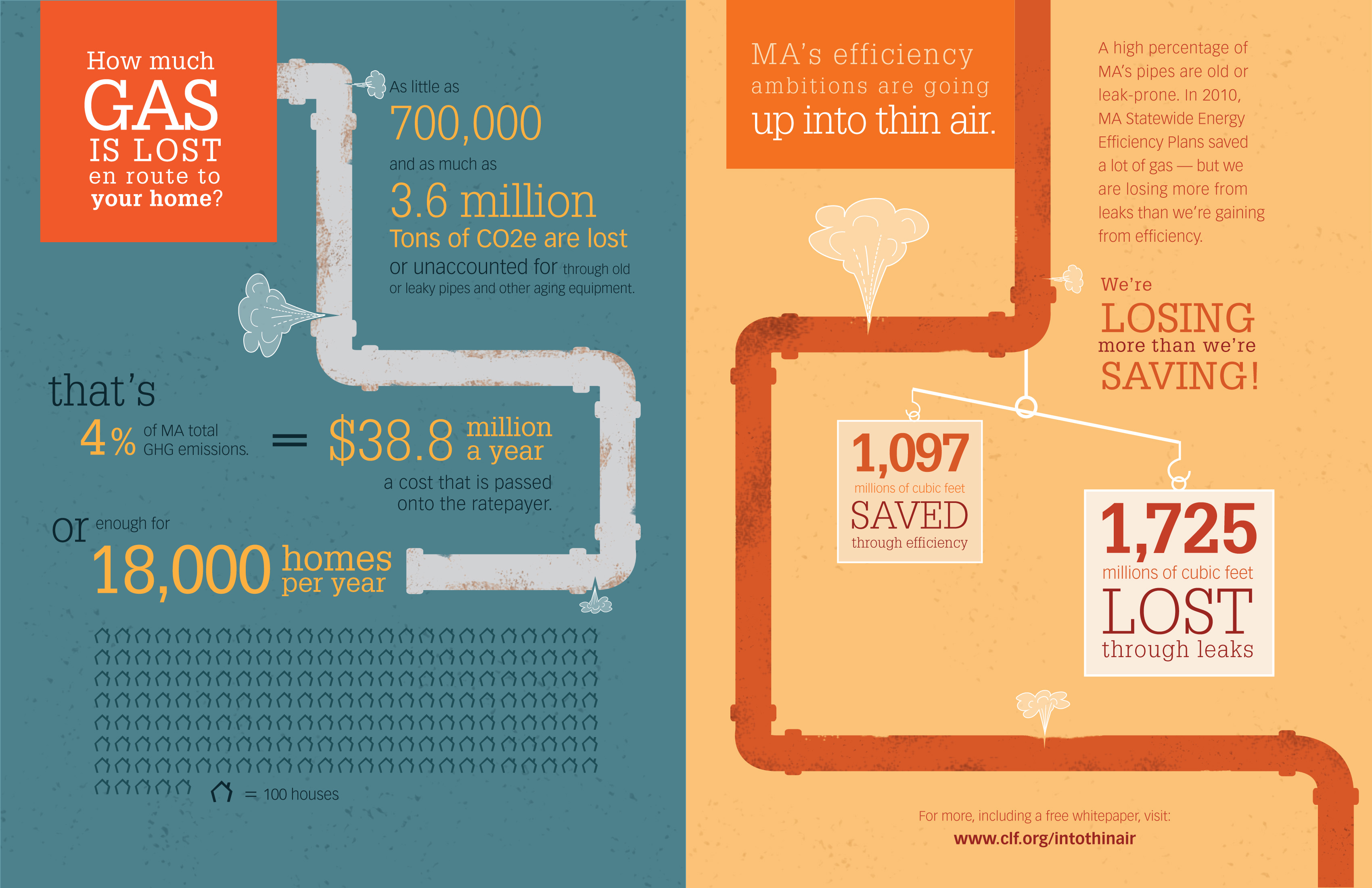The Function Of Roofing System Ventilation In Making Sure An Effective Installation
The Function Of Roofing System Ventilation In Making Sure An Effective Installation
Blog Article
Short Article Developed By-Kehoe Poole
When you're taking on a roof covering task, you may not assume much about roof ventilation, but it's even more vital than you understand. Efficient air flow assists manage temperature and wetness in your attic room, stopping troubles like mold and architectural damages. By recognizing how to design and mount a well balanced air flow system, you can improve power efficiency and prolong the life-span of your roof covering products. So, what are the key elements to consider throughout setup that can make all the difference?
Relevance of Roof Covering Ventilation
Roofing ventilation plays an important duty in maintaining the general wellness of your home. By permitting fresh air to flow with your attic room, it aids control temperature and dampness levels. This balance is vital to prevent heat buildup throughout warm months, which can result in boosted energy expenses as your a/c works overtime.
Furthermore, correct ventilation substantially lowers the danger of moisture-related problems like mold and mildew. If humidity degrees increase, your home's architectural integrity can be endangered, causing costly fixings. You wouldn't want to take care of deteriorating timber or deformed roof materials, right?
Additionally, appropriate ventilation prolongs the life-span of your roof. When heat and wetness are kept in check, your roof covering can perform optimally, stopping premature deterioration. This suggests fewer frustrations and expenses down the line.
How Roofing Ventilation Works
Reliable roofing system air flow counts on the natural movement of air to develop a balance between consumption and exhaust. When you set up vents, you're essentially allowing fresh air to enter your attic room while making it possible for warm, stagnant air to get away. solar panel installation helps regulate temperature and dampness degrees, preventing issues like mold growth and roofing system damage.
Consumption vents, normally found at the eaves, reel in amazing air from outdoors. At the same time, exhaust vents, situated near the ridge of the roof, let hot air increase and exit. The difference in temperature develops an all-natural air movement, known as the stack effect. As cozy air increases, it creates a vacuum that draws in cooler air from the lower vents.
To maximize this system, you require to make certain that the intake and exhaust vents are effectively sized and positioned. If the intake is restricted, you will not attain the desired ventilation.
Also, not enough exhaust can trap heat and dampness, causing possible damages.
Key Installation Factors To Consider
When mounting roof ventilation, several essential considerations can make or damage your system's performance. First, you need to examine your roofing's style. The pitch, form, and products all influence air movement and ventilation selection. See to it to choose vents that match your roofing system kind and regional environment conditions.
Next, think about the placement of your vents. Preferably, you'll desire a balanced system with intake and exhaust vents positioned for ideal air flow. Location intake vents short on the roofing and exhaust vents near the optimal to encourage a natural flow of air. This configuration helps avoid moisture accumulation and promotes power effectiveness.
Do not forget about insulation. Appropriate insulation in your attic stops heat from getting away and maintains your home comfortable. Make mouse click the up coming website page that insulation does not block your vents, as this can impede air flow.
Lastly, consider upkeep. Pick ventilation systems that are very easy to access for cleaning and evaluation. Normal upkeep ensures your system remains to work properly gradually.
Final thought
Finally, roofing air flow is vital for an effective installment. By guaranteeing proper air flow, you can prevent warm accumulation and moisture problems that result in costly damage. When you purposefully position intake and exhaust vents, you improve energy performance and extend the life-span of your roofing. Remember, a well-ventilated roof not just secures your investment however likewise boosts your indoor air high quality. So, focus on ventilation to make certain a durable and cost-efficient roof for your home.
